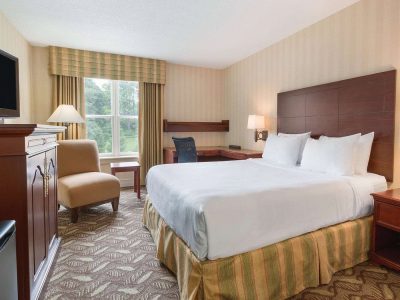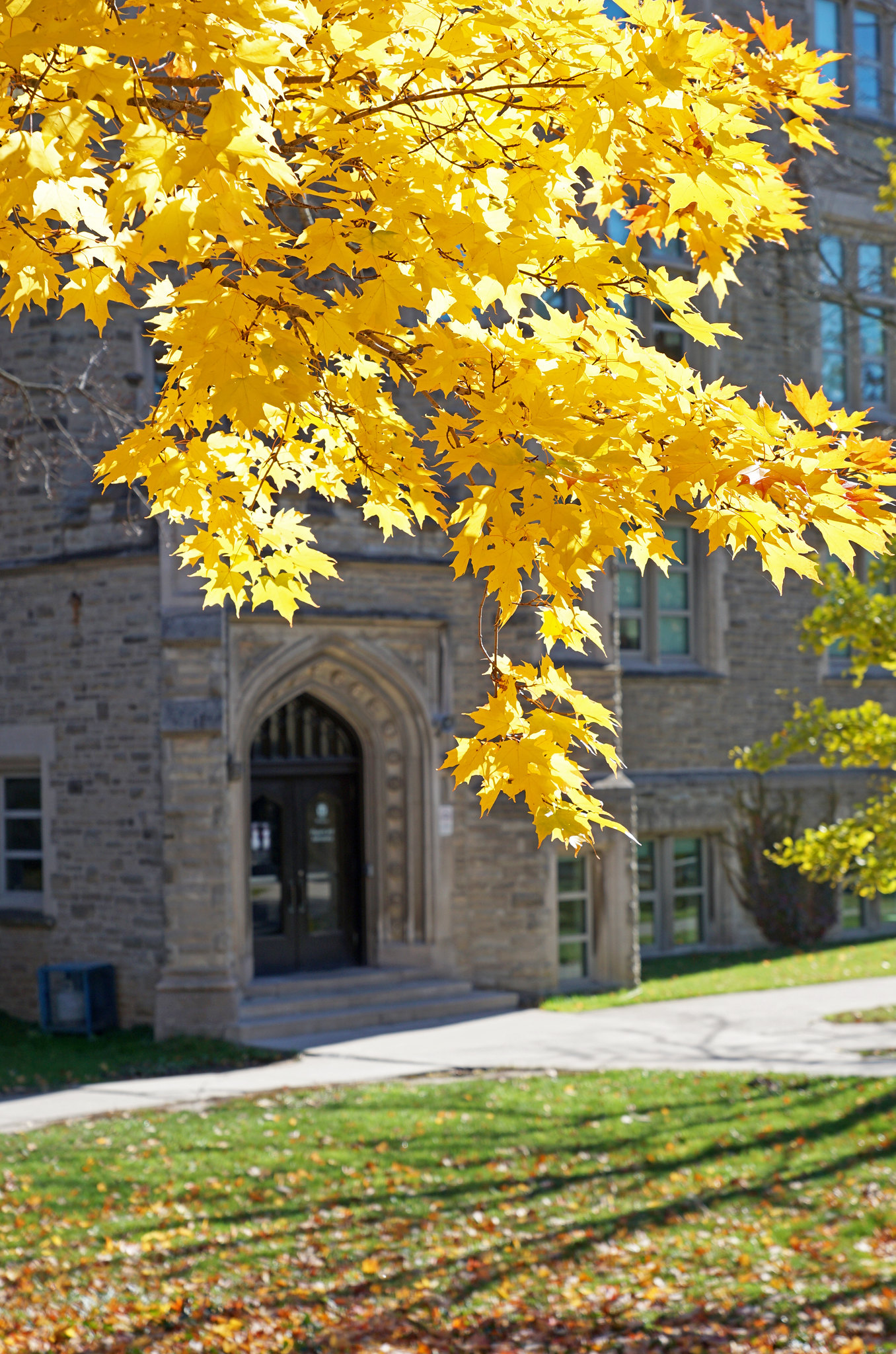Location
Information for SNAC 2022 attendees on travel, accommodations, ground transportation & accessibilityAccomodations
Conference participants will be offered accommodations at the Ivey Spencer Leadership Centre as part of their registration fees.
Ivey Spencer is a historic Georgian Manor, located approximately 3 km from Western University. Pre-negotiated rates will be secured for single occupancy rooms booked for this event.

Ivey Spencer Leadership Centre
Travel Information
Travel to London
The local airport code for London, Ontario, Canada is YXU. It can sometimes be less expensive to fly into either Toronto Pearson or Detroit Metro, then take ground transit to London. An airport shuttle van (Robert Q) runs from either airport, and a train (Via Rail) goes from Toronto to London.
- Robert Q (airport shuttle)
- Via Rail Canada (train from Toronto Pearson airport to London)
London Transit
The London Transit Commission has several bus routes that drop off somewhere on or near the university. The Alumni Hall and Natural Science stops are both located centrally on campus. Visit the London Transit Commission website for bus routes and estimated bus arrival times.
- London Transit (city bus routes & schedules)

